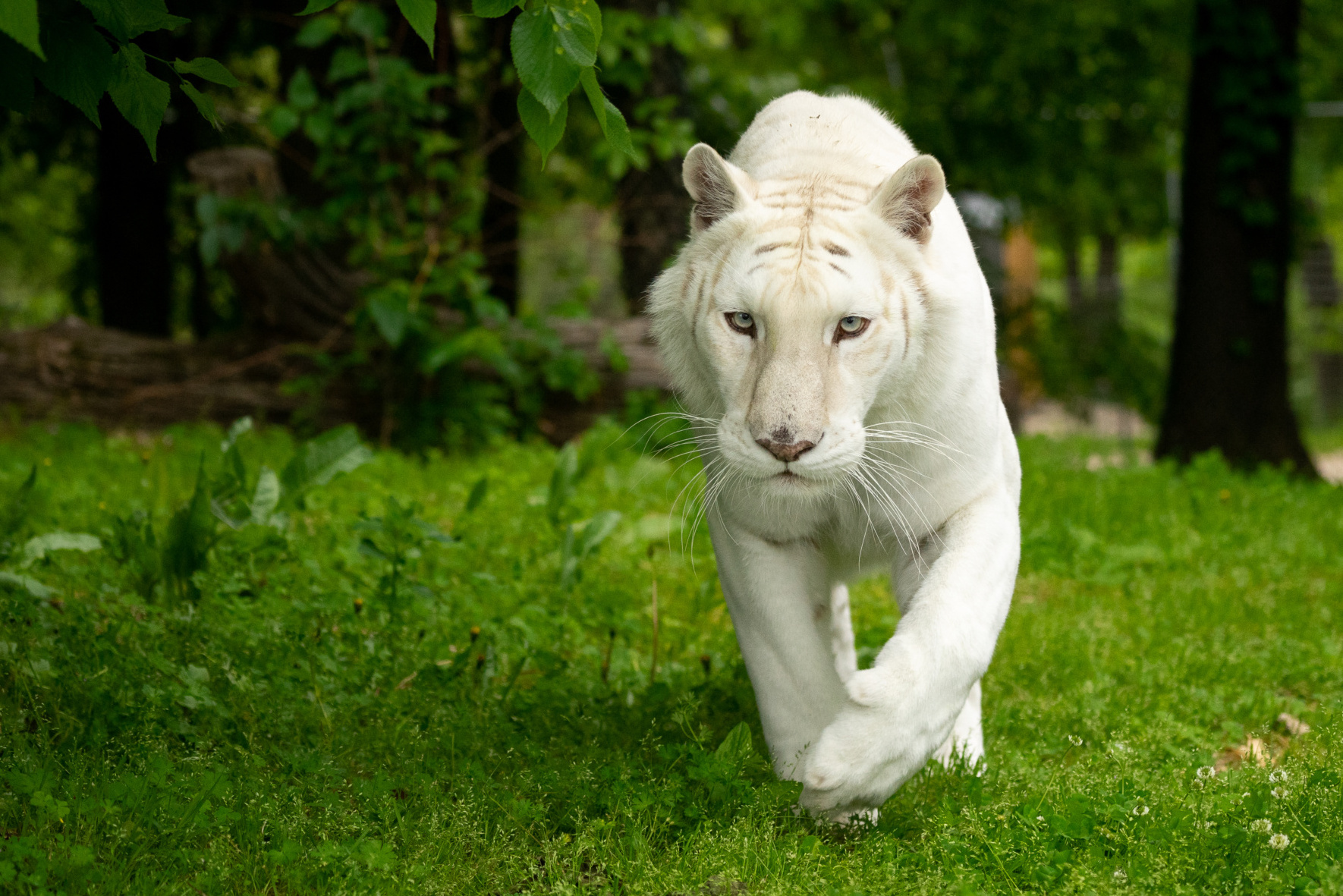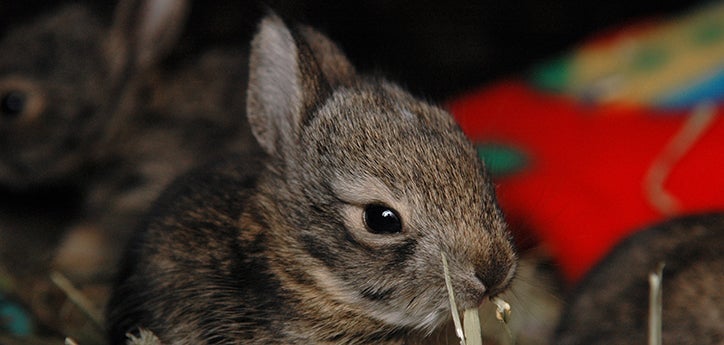Area Resources for Effective Animal Control Burlington Services
Area Resources for Effective Animal Control Burlington Services
Blog Article
Reliable Wild Animals Removal Methods for a Peaceful Home Atmosphere
In the pursuit of maintaining a calm living area, house owners frequently deal with the obstacle of wild animals breaches, which can interrupt the tranquility of their environment. Applying efficient wild animals removal approaches needs a nuanced understanding of both humane exemption methods and preventative measures. By addressing entry factors and decreasing attractants, one can substantially lessen the probability of unwanted visitors. The complexity of these methods commonly requires a closer examination of certain approaches and the prospective need for professional intervention. What are the essential elements of these methods, and when should one take into consideration seeking professional support?
Identifying Common Wild Animals Intruders
Identifying common wild animals trespassers is an important very first step in efficient wildlife administration. Comprehending the certain species that often penetrate property and business areas enables home owners and wildlife experts to carry out targeted techniques for minimizing prospective damage and health risks. Typical intruders commonly include raccoons, squirrels, bats, and various varieties of rodents and birds, each bringing unique obstacles.
Raccoons, for instance, are known for their dexterity and can create considerable architectural damage while seeking food or shelter. Squirrels, with their tendency for gnawing, can damage electrical wiring, positioning fire dangers. Bats, while useful for controlling insect populaces, can come to be a hassle when they roost in attics, potentially spreading out illness such as histoplasmosis. Birds, including sparrows and pigeons, typically develop unhygienic problems with their droppings, leading to architectural destruction and health and wellness concerns. Rats, such as mice and rats, are well-known for their rapid recreation and ability to penetrate tiny openings, presenting major health dangers as a result of their capability to spread conditions.
Humane Exemption Techniques
Comprehending the typical wild animals burglars is the foundation upon which efficient exemption techniques are built. Recognizing varieties such as raccoons, birds, and squirrels assists in creating humane exemption strategies customized to particular actions and entrance methods. Exclusion is a preventative approach aimed at denying wild animals access to homes and homes, therefore minimizing the need for more invasive measures.
The keystone of gentle exclusion includes sealing potential entrance points. Additionally, guaranteeing that doors and home windows are safe and secure, and that screens are undamaged, can better prevent entrance.
One more key strategy is using auditory and aesthetic deterrents. Installing ultrasonic devices or motion-activated lights can prevent nocturnal wildlife. Modifying the environment by taking care of food resources, such as securing trash can and getting rid of bird feeders, likewise plays an essential function. These exclusion methods not just shield the home setting yet also appreciate the wildlife, allowing them to grow in their all-natural habitats without damage.
Safe Capturing Methods
When exclusion techniques want, risk-free trapping approaches come to be a required choice in wildlife administration. Capturing, when executed properly, offers a humane and efficient ways of dealing with an instant wild animals problem while ensuring marginal tension and injury to the animal. This approach needs an understanding of both the behavior of the target species and the honest factors to consider associated with wild animals handling.
These traps have to be checked regularly to stop undue tension or injury to the recorded wild animals. It is essential to adhere to local guidelines regarding trapping and relocation to ensure compliance with legal criteria and wildlife preservation principles.
Additionally, bait selection and positioning are important parts in making sure successful capturing. Lure needs to be selected based on the nutritional choices of the target types and purposefully positioned to lure the pet right into the catch. As soon as caught, the pet must be taken care of with care, making use of protective equipment if necessary, to assist in safe transport and release, thereby maintaining a well balanced ecological community and a serene home environment.
Precautionary Home Adjustments
While risk-free capturing techniques attend to prompt wildlife concerns, long-lasting services usually involve preventative home adjustments to deter pets from going into human areas. Carrying out these modifications not only improves the safety and security and convenience of your living atmosphere but additionally minimizes the probability of future wild animals intrusions.
An essential aspect Our site of preventative techniques is securing click here to read possible entry factors. This includes checking and fixing any kind of spaces or fractures in the foundation, wall surfaces, and roofing, as these can come to be accessibility courses for wild animals.
Landscape design adjustments can likewise work as efficient deterrents. Trimming tree branches that overhang the roofing and eliminating debris stacks can eliminate paths and environments that attract wild animals. Preserving a clean lawn by protecting garbage can and garden compost heaps inhibits scavengers such as raccoons and opossums.

When to Call Experts,##.
Specialist treatment becomes essential in scenarios where wildlife problems exceed the extent of do it yourself solutions. Homeowners might come across situations where the intricacy or risk of the wildlife issue requires expert proficiency. Dealing with hostile pets such as raccoons, serpents, or bats usually requires specific abilities and equipment to guarantee safety and security and performance. Attempting to handle these creatures without appropriate understanding can result in injury or worsen the concern.
Furthermore, problems entailing safeguarded or threatened varieties require a nuanced technique to follow lawful policies. Specialists are equipped with the essential authorizations and recognize the legal frameworks controling the handling of such species. This guarantees that removal is conducted morally and within lawful borders.

Finally, when wild animals poses a persistent issue despite repeated do it yourself initiatives, professional services can supply thorough examination and long-term options customized to avoid reoccurrence - burlington wildlife rescue. Their know-how not only fixes the instant concern yet also safeguards the home atmosphere in the future
Final Thought
Carrying out useful source reliable wild animals removal methods is important for preserving a tranquil home atmosphere. Together, these approaches create an unified living area complimentary from wild animals disturbances.
These exemption techniques not just safeguard the home setting but additionally respect the wild animals, permitting them to thrive in their natural habitats without harm.
Applying effective wildlife elimination methods is necessary for keeping a calm home setting.
Report this page